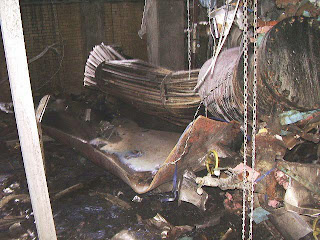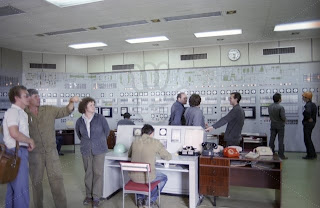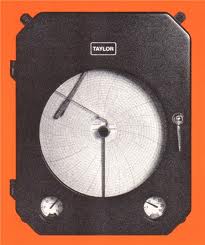Two people were killed when an explosion occurred in a acid cleaned boiler. The explosion occurred when a an ordinary halogen lamp was inserted inside. The investigation report mentions the following:
"The most likely cause of the accident was the ignition of hydrogen gas that built up in the starboard boiler steam drum. The hydrogen accumulation occurred because of inadequate ventilation arrangements to release the gas to atmosphere, as it evolved during the chemical cleaning procedure. As the steam drum door was opened, air was drawn in and combined with the hydrogen gas to produce a mixture between the hydrogen’s Lower Explosive and Upper Explosive Limits. This potentially explosive gas was not ventilated to atmosphere, nor was the confined space of the steam drum tested for toxic or flammable gases in accordance with normal practice. As the non-intrinsically safe, halogen lamp was passed into the steam drum, either the high temperature of the halogen bulb or lens glass, or an electrical spark from the lamp, ignited the gas and caused the explosion
Southampton University’s report at Annex O clearly explains how hydrogen gas can evolve when using sulphamic acid to clean steel structures such as boilers. A conservative estimate was made of the amount of hydrogen gas that was likely to have evolved through contact with the steel in the starboard boiler. This estimate, which did not consider the interaction of other possible contaminants, was based on the assumption that there was no effective ventilation and the inhibitor was 95% efficient. The report determined that, at the point of opening the steam drum, there would have been about 2.7m3 of hydrogen present, giving a hydrogen air/mix of about 55%. This is well within the hydrogen LEL and UEL range of 4 -75%, i.e. an explosive mixture existed in the steam drum"
Often heat exchangers and new equipment are acid cleaned using sulphamic acid, in chemical industries. Ensure that your personnel as well as the contractor personnel who are doing the job are aware of the hazard of hydrogen generation in the process of acid cleaning. I would like to know from readers whether they have experienced any similar incident and what are the precautions you follow.
Read the detailed incident report in this link.
Contribute to the surviving victims of Bhopal by buying my book "Practical Process Safety Management"
"The most likely cause of the accident was the ignition of hydrogen gas that built up in the starboard boiler steam drum. The hydrogen accumulation occurred because of inadequate ventilation arrangements to release the gas to atmosphere, as it evolved during the chemical cleaning procedure. As the steam drum door was opened, air was drawn in and combined with the hydrogen gas to produce a mixture between the hydrogen’s Lower Explosive and Upper Explosive Limits. This potentially explosive gas was not ventilated to atmosphere, nor was the confined space of the steam drum tested for toxic or flammable gases in accordance with normal practice. As the non-intrinsically safe, halogen lamp was passed into the steam drum, either the high temperature of the halogen bulb or lens glass, or an electrical spark from the lamp, ignited the gas and caused the explosion
Southampton University’s report at Annex O clearly explains how hydrogen gas can evolve when using sulphamic acid to clean steel structures such as boilers. A conservative estimate was made of the amount of hydrogen gas that was likely to have evolved through contact with the steel in the starboard boiler. This estimate, which did not consider the interaction of other possible contaminants, was based on the assumption that there was no effective ventilation and the inhibitor was 95% efficient. The report determined that, at the point of opening the steam drum, there would have been about 2.7m3 of hydrogen present, giving a hydrogen air/mix of about 55%. This is well within the hydrogen LEL and UEL range of 4 -75%, i.e. an explosive mixture existed in the steam drum"
Often heat exchangers and new equipment are acid cleaned using sulphamic acid, in chemical industries. Ensure that your personnel as well as the contractor personnel who are doing the job are aware of the hazard of hydrogen generation in the process of acid cleaning. I would like to know from readers whether they have experienced any similar incident and what are the precautions you follow.
Read the detailed incident report in this link.
Contribute to the surviving victims of Bhopal by buying my book "Practical Process Safety Management"



